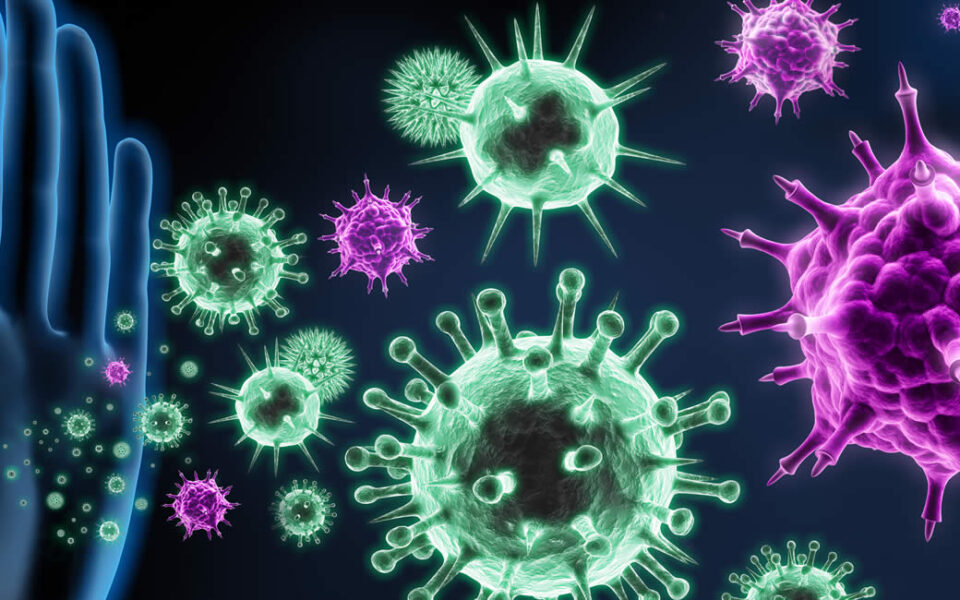Herd Immunity

There have been a number of articles lately about herd immunity. The idea is that if enough people in a population are exposed to a virus like coronavirus, either by catching it or through a vaccination, and develop immunity, other people who aren’t immune are less likely to catch it, even without immunity. But if the number of people with immunity drops below a certain baseline, the others who haven’t caught it will see a bigger chance of getting it. Experts, depending on who you listen to, have said that at least 60 to 70% of the population will need to develop immunity to coronavirus to allow for herd immunity.
Sweden, which is known for being a very progressive country, has been labeled a contrarian for embracing this approach. They’ve banned nonessential travel and mass gatherings, and closed some schools, but bars and restaurants are still open and operating with little in the way of social distancing. In the meantime, they’ve recommended that people over 70 shelter in place, banned visits to nursing homes and prohibited mass gatherings of more than 50 people.
The jury is still out on whether their approach will work. We already know it’s not perfect – Sweden has fewer cases (and less population) than many European nations but a higher death rate than the rest of the Nordic countries. But maybe they’re onto something that the rest of us can learn from.
Interestingly, Thomas Friedman took up the idea in a recent New York Times column, suggesting a herd immunity approach as a solution for the U.S. economy. In his view, herd immunity works if you can balance the need to protect vulnerable populations like the elderly with the need to reopen the economy – in the wake of layoffs, unemployment and other economic carnage.
Who knows? If you can reopen in measured steps to allow those at low risk to resume work, instead of unilaterally keeping companies closed, a herd immunity approach might help us all get back to work sooner rather than later. I’ve got to admit, it’s an interesting thought, and I’m itching to get out of the house.
Ultimately, no one really knows yet what will work. We have imperfect information about the best way to test for COVID-19, what gives us immunity, why the virus affects different populations so differently, and the safest way to transition back to normalcy – and we probably won’t know the answers to all of our questions for months or maybe even years. It’s going to take a good look back, with clear, 20-20 hindsight, to say for sure what the best approach truly was.
In the meantime, a big part of our job as leaders is going to be figuring out which sources of information to trust – and which ones to ignore (please don’t ingest or inject disinfectant). Critical, independent thinking has never been so important.
My hope is that, no matter how strongly everyone feels about the best solutions for this transition period, we can all avoid divisive thinking and come together around a goal everyone shares: Getting back to normal, or whatever the post-COVID version of normal looks like.
Yesterday I drove out to Long Island from New York City, just to get out of the house. I did the same thing about three weeks ago. I must say, the number of cars on the road yesterday was a lot greater than the last time. Although New York is still under Pause, there are definitely more people out and about than a few short weeks ago. Although I’m as anxious to get out as anyone, I hope we’re not jumping the gun.
Stay safe, stay healthy and remember we are all in this together.
